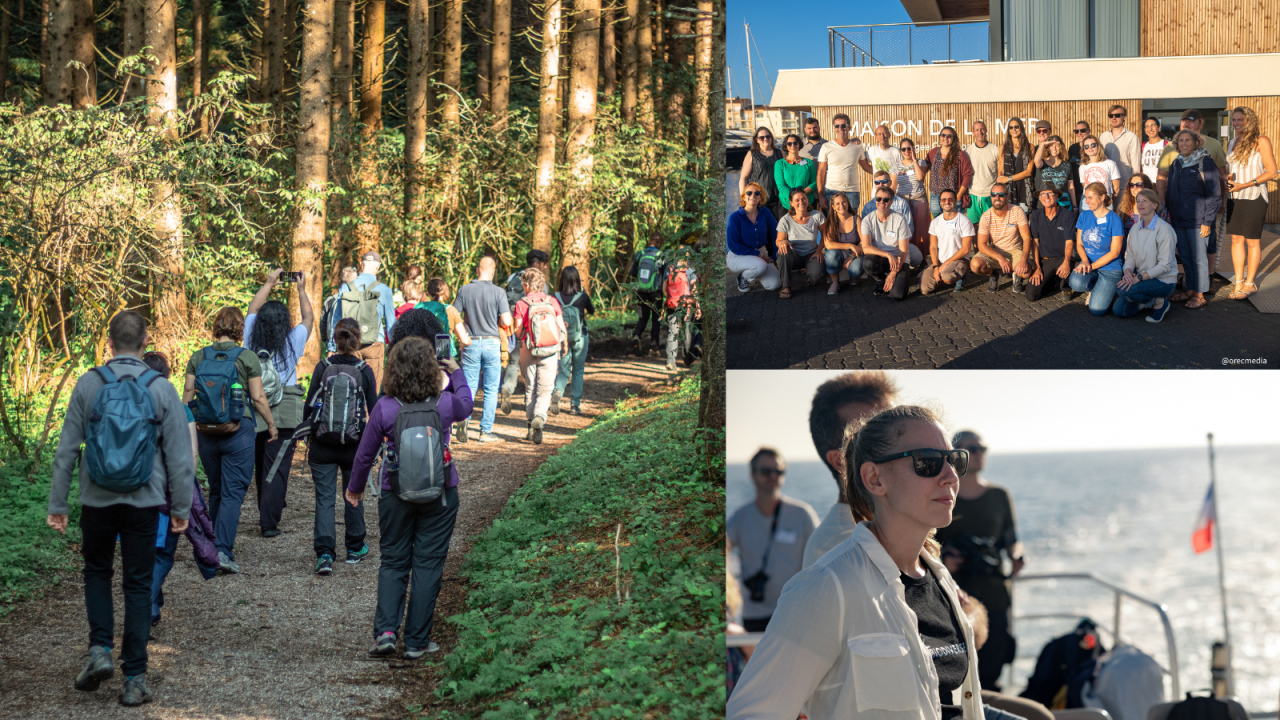in the face of a changing climate, managing invasive species has taken on a new urgency. For 25 years,the Invasive Species Workshop has been at the forefront of this fight,bringing together experts from around the globe to share the latest research and best practices. this year’s workshop, held from July 19-21, 2023, will focus specifically on the challenges posed by climate change to invasive species management.
– Invasive Species and Climate Change: An Inextricable linkages Explored
Unveiling the Interdependence: Invasive Species and Climate Change
Climate change is emerging as a potent force,fostering the proliferation and severity of invasive species worldwide. Warmer temperatures create hospitable conditions for their survival and expansion, while altered precipitation patterns facilitate their spread to new habitats. This intricate web of interactions profoundly impacts ecological communities, economic livelihoods, and human health. Recent research identifies elevated CO2 levels, increased precipitation, and reduced freeze events as key factors driving the resurgence of invasive species in diverse ecosystems. Understanding and addressing this inextricable link between climate change and invasive species is paramount to safeguarding the integrity of our natural and human-made landscapes.
– Adaptive Strategies for Managing Invasives in a Changing Climate
Climate change’s Impact on Invasive Species management
With rising temperatures and altered precipitation patterns, climate change presents new challenges in invasive species management. Invasive plants, notoriously adaptable, can exploit these changing conditions, altering the dynamics of invaded ecosystems. As a notable example, increased drought tolerance allows invasives to persist and outcompete native plants in drier conditions, while shifting precipitation patterns can create new niches for invasives to establish. To address these challenges, land managers and researchers are exploring adaptive strategies, such as:
Prioritizing invasives likely to thrive under climate change: Identifying and mapping species with traits that make them resilient to changing conditions can definitely help target management efforts.
Developing climate-informed management plans: Incorporating climate projections into invasive species management plans ensures that strategies are relevant and effective in the face of future climate change.
Leveraging natural allies: Encouraging native predators, herbivores, and pathogens that impact invasive species can enhance resilience to changing conditions.
Restoring invaded habitats: restoring impacted ecosystems improves resilience by diversifying native plant communities and reducing invasive establishment opportunities.
– Novel Approaches to Mitigation and Restoration
Novel approaches to mitigation and restoration, including innovative techniques for controlling invasive species, bio-based restoration solutions, and resilience enhancement measures, will be explored. these strategies aim to reduce the impact of climate change on natural ecosystems and enhance the ability of native species to thrive in a changing environment. Here are some examples of such approaches:
- [description of the innovative technique 1]
- [description of the innovative technique 2]
- [description of the innovative technique 3]
By adopting these novel approaches, we can better safeguard our natural ecosystems and the services they provide, such as clean water, air, and biodiversity.
In Retrospect
As the Invasive Species Workshop concludes its 25th edition, the resounding echo of climate change lingers in our collective consciousness. This annual gathering has illuminated the intertwined threads connecting invasive species and a rapidly transforming planet. Like a tapestry woven by time and circumstance, the complexities of this challenge demand our continued attention, collaboration, and unwavering commitment. As we navigate the path forward, let us harness the knowledge gained during these transformative days and weave it into resilient threads that will safeguard our ecosystems and secure a enduring future for generations to come.
